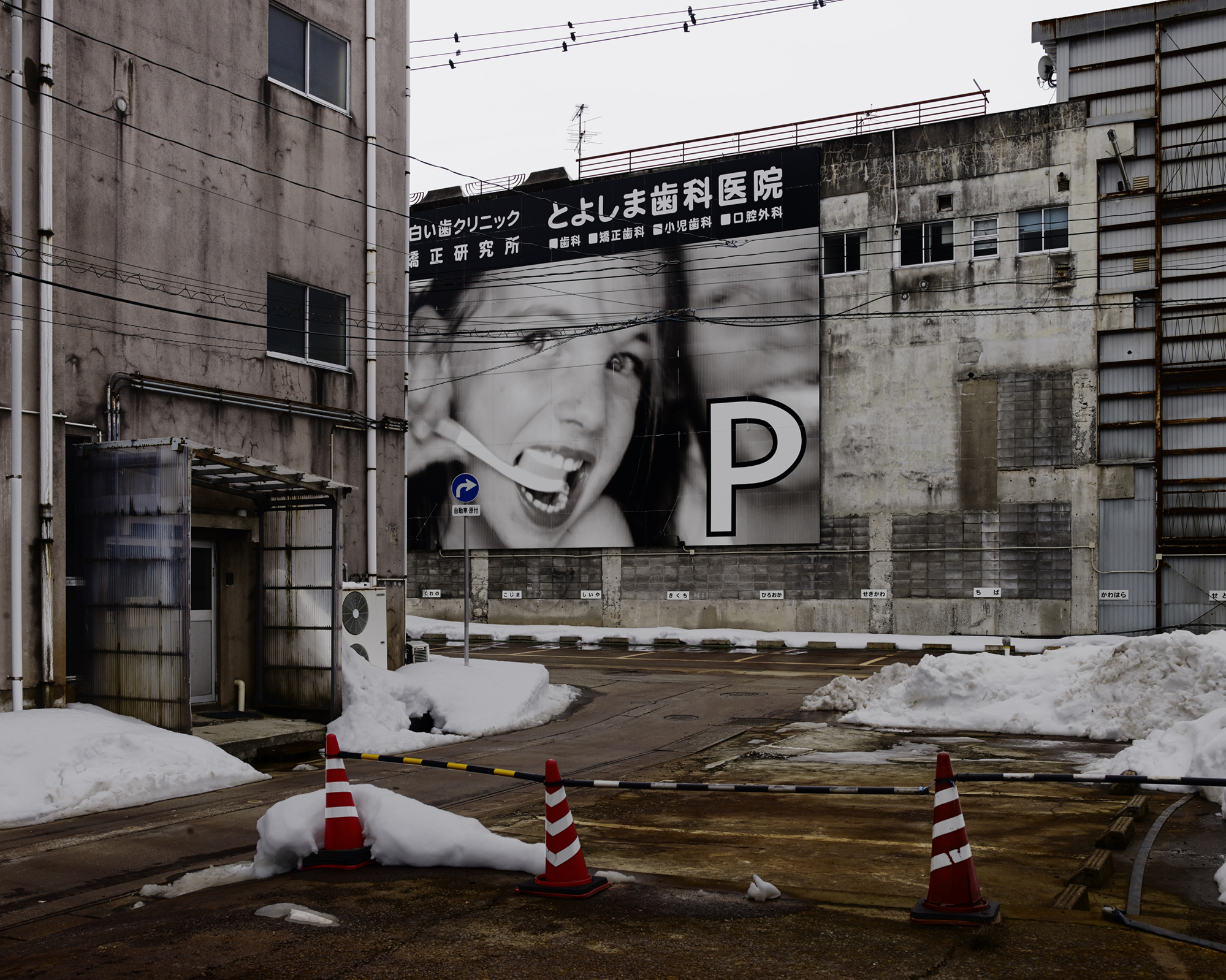At the tail end of an unexpectedly long conversation, the last question I ask photographer Keizo Kitajima is why it's important for him to have even lighting across the image. The photographs he is showing at the Photographers' Gallery in Shinjuku are part of his long-running "Untitled Records" series of unpopulated urban and semi-rural landscapes. As the gallery is a small space, there are only a handful of exhibits, but the precision with which they have been made is mesmeric.
As photographic images they are flawless: edited to remove the effects of foreshortening, buildings stand absolutely straight, and the compositions are organized so that what appears at every border and in each corner is meticulously calculated.
The color is particularly controlled. These days, Kitajima prefers to photograph only when it's cloudy, or raining. The diffuse light gives the liminal urban and suburban landscapes he has been photographing since the 1990s a formalistic, austere quality. This is quite different from his earlier black-and-white Daido Moriyama-influenced street photography, which was full of flashlight, shadows and shadowy goings-on. When Kitajima photographs areas in Tohoku that were destroyed by the 2011 tsunami, his restraint and control have the subdued emotional power of Edward Elgar's "Nimrod" from the "Enigma Variations."


















With your current subscription plan you can comment on stories. However, before writing your first comment, please create a display name in the Profile section of your subscriber account page.